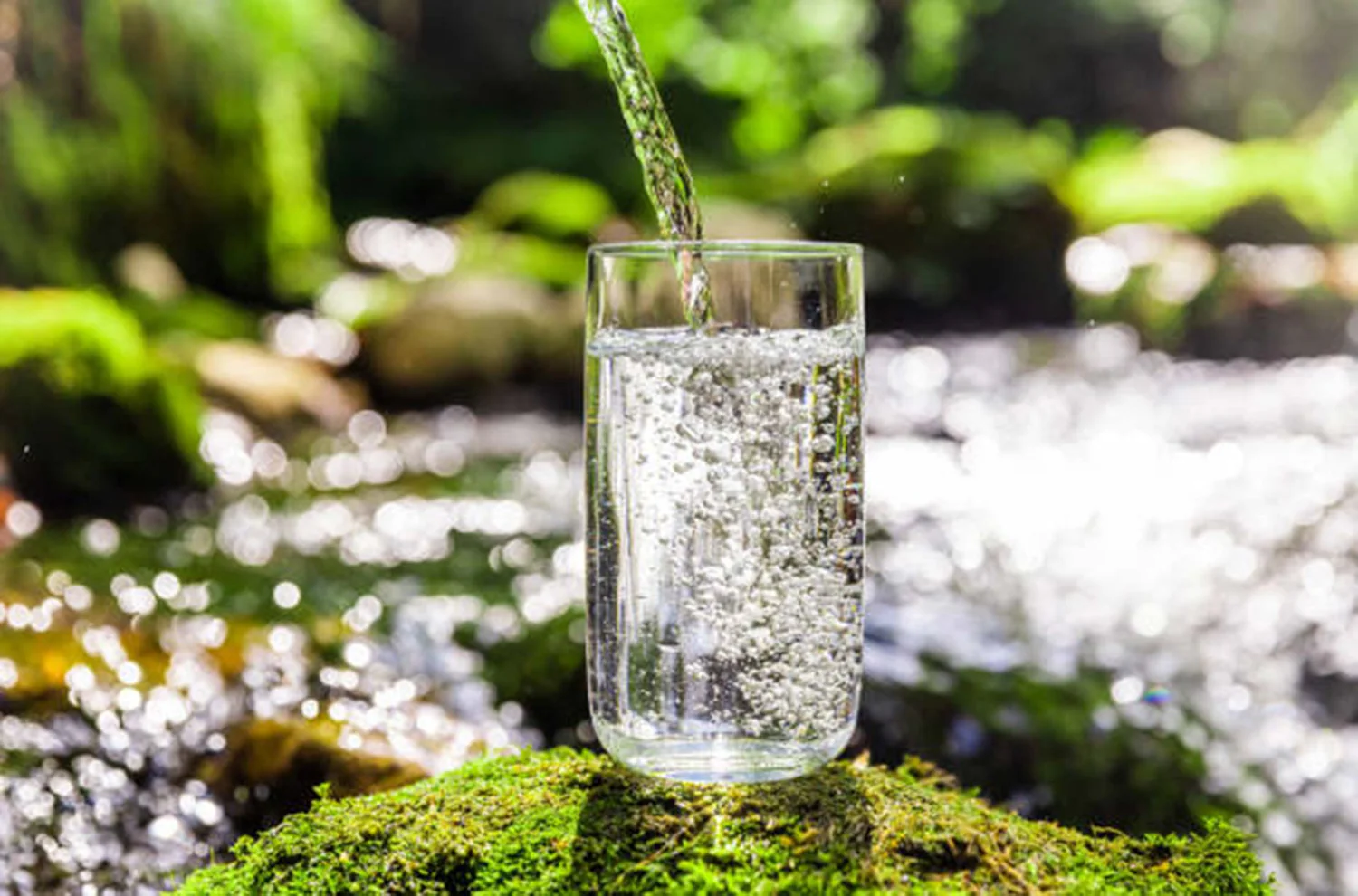EN 1622 Odour and Taste Testing in Drinking Water
The European standard EN 1622 provides a comprehensive framework for the detection, quantification, and characterization of odours and tastes in drinking water. This service is essential for ensuring that drinking water meets the highest standards of quality and safety, which are critical for public health.
Odour and taste issues can arise from various sources, including raw materials, treatment processes, distribution systems, and even consumer habits. The standard focuses on identifying these potential causes and providing actionable insights to rectify any deficiencies. Compliance with EN 1622 is not only a requirement for water utilities but also ensures that the product meets customer expectations.
The testing process involves several key steps: sampling, preliminary analysis, odorimetric evaluation (using a trained panel), and taste assessment by a panel of testers. The standard specifies detailed procedures to ensure consistency and reliability in these assessments. This service is performed using state-of-the-art equipment and methodologies, ensuring accurate and precise results.
The scope of EN 1622 includes the identification and quantification of odours and tastes that may affect drinking water quality. The standard covers both natural and synthetic compounds that can contribute to these sensory characteristics. It also provides guidelines for evaluating the impact of treatment processes, such as chlorination or filtration, on the taste and odor profile of the water.
The acceptance criteria outlined in EN 1622 are stringent and ensure that drinking water is free from objectionable odors and tastes at all times. The standard emphasizes the importance of regular monitoring to maintain compliance with regulatory requirements and to safeguard public health.
Our laboratory adheres strictly to EN 1622, ensuring accurate and reliable results. This service is widely used by water utilities, R&D teams, quality managers, and procurement professionals who are responsible for maintaining the highest standards of drinking water quality.
Applied Standards
| Standard Code | Title |
|---|---|
| EN 1622 | Detection, quantification and characterization of odour and taste in drinking water |
Quality and Reliability Assurance
The quality and reliability of our testing services are paramount. We ensure that all tests conducted in accordance with EN 1622 meet the highest standards of accuracy and precision. Our laboratory is equipped with advanced instruments and methodologies to provide reliable results.
Our team of experts follows strict protocols and procedures to minimize any potential sources of error. This includes proper sample handling, standardized testing conditions, and rigorous quality control measures. Regular calibration and validation of equipment further enhance the reliability of our test results.
We also emphasize ongoing training for our staff to stay abreast of the latest developments in odour and taste analysis techniques. This ensures that we can provide accurate and up-to-date services that meet current regulatory requirements and industry standards.
Use Cases and Application Examples
- Water Utility Testing: Regular monitoring of odour and taste in drinking water to ensure compliance with regulatory requirements.
- R&D Projects: Evaluation of new treatment processes or raw materials on their impact on the sensory quality of water.
- Product Development: Identifying and addressing potential issues in the development stages of a new product to ensure it meets odour and taste standards.
- Customer Satisfaction: Assessing customer feedback related to odour and taste, which can help improve customer satisfaction.
- Compliance Audits: Conducting audits for compliance with local or international regulations regarding drinking water quality.





